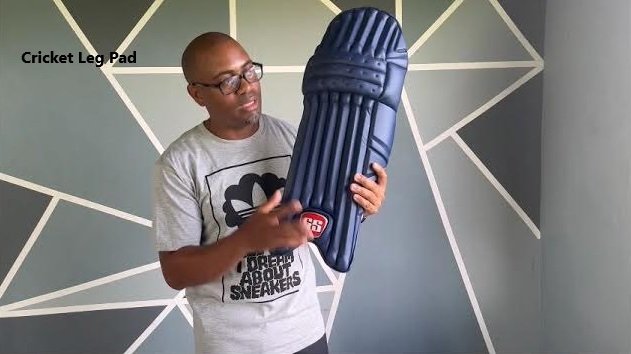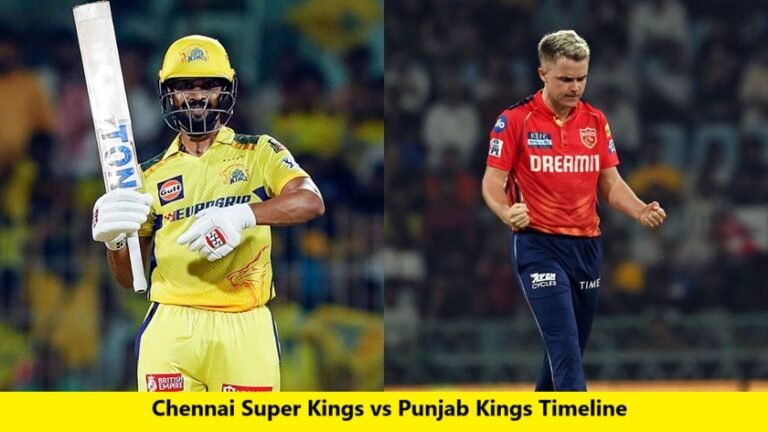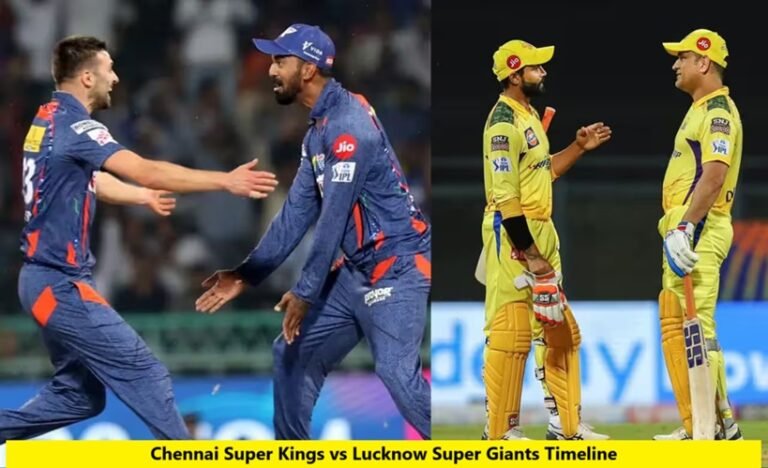
Cricket Leg Pad
When it comes to cricket gear, leg pads are an essential piece of equipment for both safety and performance on the field. The right leg pads can protect you from the impact of fastballs, enhance your comfort, and improve your focus. This comprehensive guide covers everything you need to know about choosing a cricket leg pad, from understanding different types, key features to consider, sizing guidelines, maintenance tips, and more.
1. Why Are Cricket Leg Pad Important?
cricket leg pad, or simply pads, are designed to protect the lower legs, specifically the shins, knees, and ankles, from the impact of cricket balls. When facing fast bowlers, batters need adequate protection to prevent injuries from balls traveling at high speeds. While leg pads are primarily used by batters, wicketkeepers also wear them for added protection.
Without proper leg pads, players can risk severe injuries that could lead to fractures, bruises, or ligament damage. Investing in the right pair of leg pads not only provides peace of mind but also enables players to play confidently and concentrate on their game.
2. Types of Cricket Leg Pads
There are different types of leg pads available, each designed to meet specific roles and levels of play:
- Batting Pads: These pads are meant for batters and provide substantial protection for the front of the leg, especially for the shin, knee, and ankle areas. They are typically the most padded and reinforced, as batters are often exposed to high-speed deliveries.
- Wicketkeeping Pads: Designed for wicketkeepers, these pads are lighter and more flexible than batting pads. Since wicketkeepers move frequently and crouch behind the stumps, these pads provide basic protection without sacrificing mobility.
- Youth/Junior Pads: These are smaller-sized versions of batting or wicketkeeping pads designed for younger players. They provide similar protection but come in sizes that fit children or teens better.
Each type of leg pad varies in construction and weight, so it’s essential to choose according to the specific role and level of play.
3. Materials and Construction
The material of leg pads is a major factor in their durability, protection, and comfort. Here are the common materials used in leg pad construction:
- Outer Shell: The outer shell of most leg pads is made from durable synthetic leather or PU (polyurethane) material, offering a balance between weight and durability. Premium pads might use leather, which adds comfort and durability but may be heavier.
- Inner Padding: The padding inside is usually made from foam or cotton and helps absorb impact. High-quality pads may incorporate multiple layers of foam or gel padding for enhanced shock absorption.
- Knee Rolls: Knee rolls are an essential feature of batting pads. They provide extra padding to protect the knee area from high-impact deliveries. Premium models often have reinforced knee cups for enhanced protection.
- Straps and Buckles: Adjustable straps are crucial for securing the pads in place. Most modern pads use Velcro straps, but some premium options may include buckles. Ensure the straps are easy to adjust and don’t cause any discomfort when worn for long periods.
4. Sizing Guide for Cricket Leg Pad
Choosing the correct size is vital for both comfort and protection. Leg pads are generally available in sizes ranging from small youth to extra-large. Here’s a simple sizing guide based on height and leg measurements:
| Size | Player Height | Pad Length (cm) |
|---|---|---|
| Youth | Up to 4’6″ | 35–37 |
| Small Boys | 4’6″ to 4’9″ | 38–40 |
| Boys | 4’9″ to 5’2″ | 41–43 |
| Youth | 5’2″ to 5’5″ | 44–46 |
| Men’s | 5’5″ to 5’9″ | 47–49 |
| Large Men | 5’9″ and above | 50+ |
To ensure the perfect fit, try the leg pads with your cricket shoes and ensure they cover the knee and shin adequately. The knee roll should align with your knee for optimal protection.
5. Key Features to Consider
When choosing the best leg pads, look for the following features to ensure comfort, durability, and adequate protection:
- Weight: Lightweight pads allow better mobility, which can be crucial, especially for aggressive players who move a lot between the wickets.
- Flexibility: Look for pads with good flexibility around the knee and shin areas. Some models come with split panels or hinged knee protection for enhanced mobility.
- Ventilation: Proper ventilation is essential to keep you cool and comfortable. Some pads feature mesh panels or moisture-wicking liners to reduce sweat buildup.
- Protection Level: Ensure the padding is sufficient for the level of cricket you play. For casual games, standard foam padding may suffice, while high-level games may require multi-layered or gel padding.
- Brand: Trusted brands like Gray-Nicolls, Kookaburra, SG, GM, and Puma are known for producing high-quality cricket gear. While brand reputation shouldn’t be the only factor, established brands are often more reliable.
6. Popular Cricket Leg Pad Brands
Let’s take a closer look at some of the best brands and their standout features:
- Gray-Nicolls: Known for its lightweight designs and excellent knee protection, Gray-Nicolls pads are popular among professional players.
- Kookaburra: With innovative designs and robust padding, Kookaburra pads provide great comfort and protection. Many of their models include air-flow technology to keep players cool.
- Gunn & Moore (GM): GM pads are known for their durability and flexibility, making them ideal for both professional and amateur players.
- SG (Sanspareils Greenlands): SG offers affordable yet protective leg pads, making them a popular choice for youth and beginner players.
- Adidas: Known for its lightweight and ergonomic designs, Adidas pads offer a good balance of comfort and protection, often favored by international players.
7. How to Maintain Your Cricket Leg Pad
Proper maintenance is essential to extend the lifespan of your leg pads. Here are some tips to keep them in top condition:
- Cleaning: After each game, wipe down your leg pads with a damp cloth to remove dirt and sweat. Avoid using harsh chemicals, as they can damage the material.
- Drying: Allow your pads to air dry after each use. Avoid placing them in direct sunlight or using heat sources, as excessive heat can damage the padding and outer material.
- Storage: Store your pads in a cool, dry place when not in use. A dedicated cricket bag with ventilation can help keep them free from moisture and odors.
- Replacing Straps: Over time, Velcro straps may lose their grip. Some pads come with replaceable straps, or you can get them fixed at sports repair shops.
8. Cricket Leg Pads and Budget Considerations
Cricket leg pads come in a range of prices, so setting a budget is crucial. Here’s a quick breakdown of what to expect at different price points:
- Entry-Level (Under $50): Basic pads suitable for youth or beginners. These pads offer adequate protection for casual play but may lack advanced features.
- Mid-Range ($50–$150): Pads in this range provide a balance of protection, comfort, and durability. Ideal for regular players, these pads often include advanced padding and reinforced knee protection.
- Premium (Above $150): Designed for competitive or professional players, premium pads offer maximum protection, lightweight materials, and advanced features like moisture-wicking and ventilation technology.
9. Tips for Trying on and Adjusting Leg Pads
Trying on leg pads before purchasing is always recommended to ensure the best fit and comfort. Here’s how to adjust your pads for an optimal experience:
- Align the Knee Roll: Ensure the knee roll aligns perfectly with your knee. If it’s too high or low, the pad may not provide adequate protection.
- Secure the Straps: Tighten the Velcro straps so that the pads stay in place without restricting movement. Avoid tightening them too much, as this can restrict blood flow or cause discomfort.
- Wear with Cricket Shoes: Always try leg pads with cricket shoes on, as the additional height from the shoes can affect how the pads fit around your ankles.
10. FAQs about Cricket Leg Pads
Q: Can I use wicketkeeping pads for batting? A: Wicketkeeping pads are not designed to protect against high-speed balls, so it’s not recommended to use them for batting. Batting pads offer greater protection and coverage.
Q: How often should I replace my cricket leg pads? A: The lifespan of leg pads depends on usage, but replacing them every 1–2 years is common for regular players. If the padding is worn out or straps are damaged, consider a replacement sooner.
Q: Are expensive leg pads worth it? A: If you play at a competitive level, investing in premium pads can be worthwhile for added protection, comfort, and durability. However, casual players can often get by with mid-range or entry-level options.
Conclusion
Cricket leg pad are an investment in both safety and comfort and choosing the right pair can make a significant difference in your performance and confidence on the field. From understanding types and materials to proper fitting and maintenance, this guide covers all you need to know before making a purchase. Take the time to find the right fit, prioritize quality materials, and invest in pads suited to your playing level for the best cricketing experience.
Also, Read, Afghanistan National Cricket Team vs England Cricket Team Match Scorecard.





